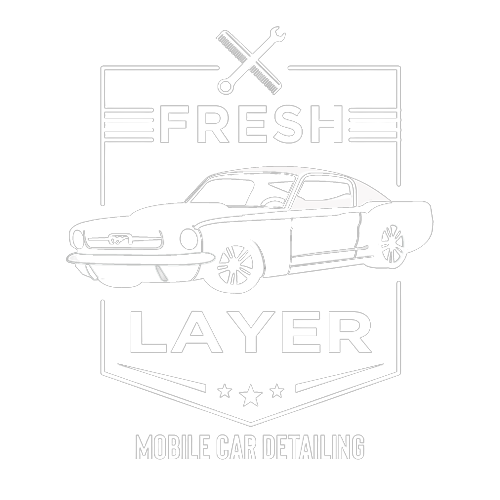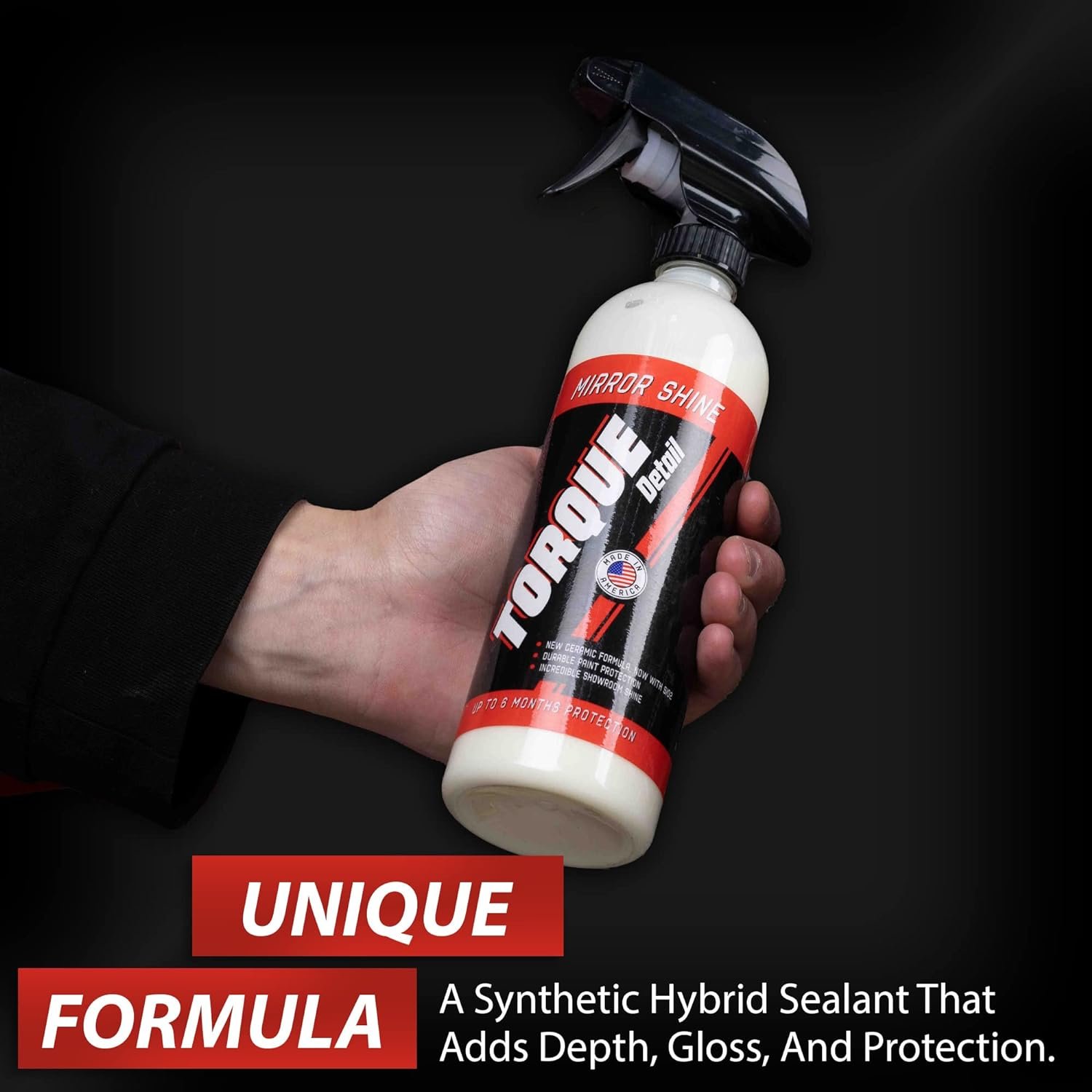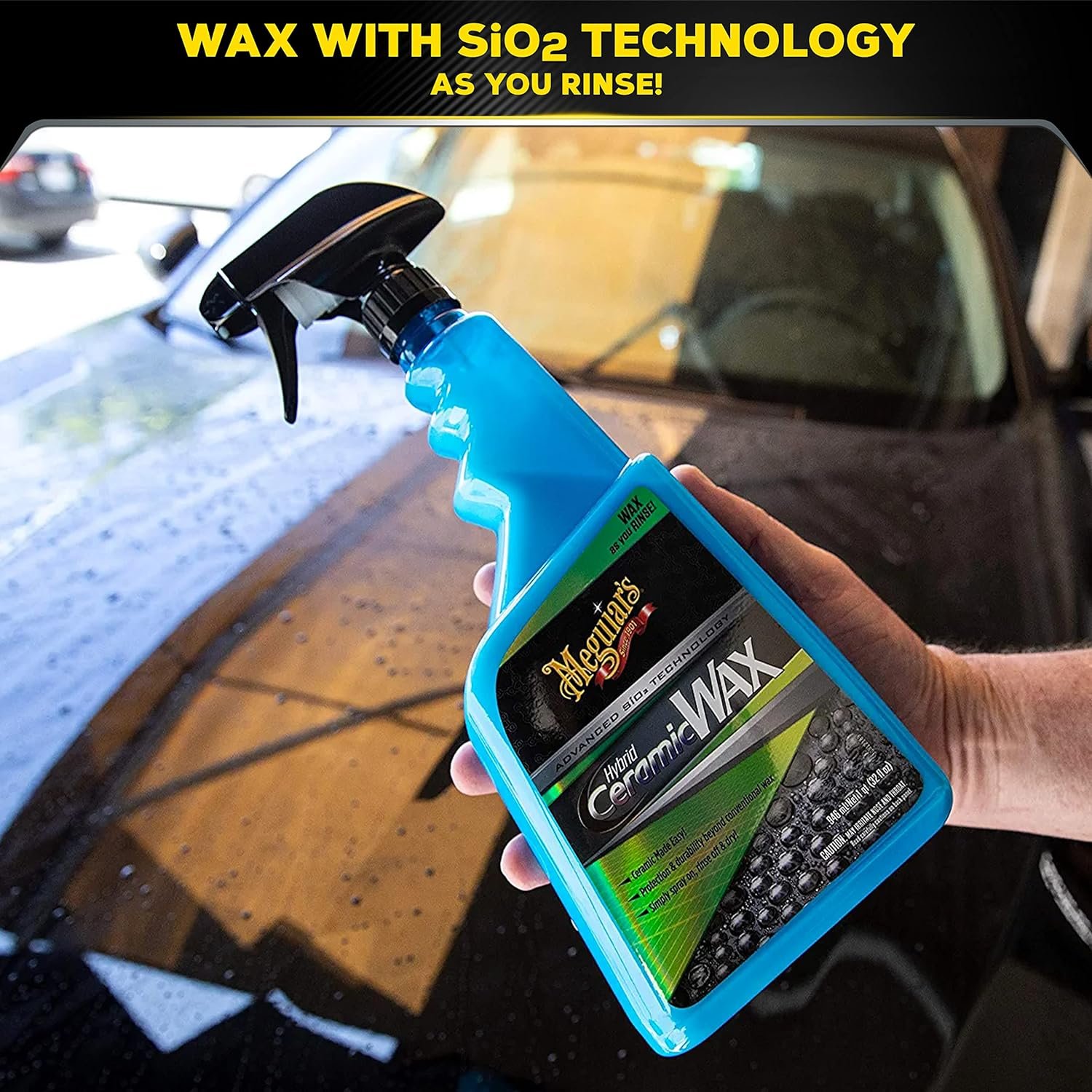Super Shine Car Wax: Long-Lasting Gloss and Protection
Introduction to Best Car Wax in Detailing
Dive into the essential world of car waxing, a pivotal element of auto care that transcends simple aesthetics.
Are you tired of dull, lackluster paint on your car? Choosing the best car wax for DIY application can make all the difference.
Whether you're a seasoned car enthusiast or a weekend DIY warrior, the right wax can protect your car, enhance its shine, and even increase its resale value.
But with so many products on the market, how do you decide? This guide breaks down everything you need to know about car wax and unveils the top picks for DIY users.
Why Car Wax Is Essential
Before diving into the best products, let’s understand why waxing is crucial. Car wax creates a protective layer between your vehicle’s paint and external elements like UV rays, road grime, and water.
It not only keeps your car looking newer but also extends the life of its paint.
Top Benefits of Car Waxing:
Enhanced Shine: Provides a showroom-quality finish.
Protection Against UV Rays: Prevents paint from fading.
Water Beading Effect: Keeps water from pooling on the surface.
Long-Term Paint Health: Reduces the risk of scratches and swirls.
The Essentials of Car Waxing
WHAT IS CAR WAX?
Car wax is a mix of waxes, oils, and solvents that protect and make your car's paint look nice.
Car wax is important for protecting your car from damage and keeping it looking nice, not just for making it shiny.
The market has different waxes like carnauba wax and synthetic blends, each with its own benefits.
Understanding Car Wax
Car wax works by creating a protective layer that makes paint shine and gives a glossy finish to the car.
This layer improves appearance and repels water and dirt, reducing the chance of water spots and grime accumulating.
Car wax compositions vary, with some formulas focusing on shine and others on durability.
How Often Should You Apply a Car Wax ?
The Science Behind Car Wax
The effectiveness of car wax lies in its ability to form a protective layer that enhances the paint's ability to reflect light, thus achieving that coveted glossy finish.
This layer not only enhances the vehicle's appearance but also offers hydrophobic properties, making it less prone to water spots and dirt accumulation.
The composition of car wax can vary, with some formulas prioritizing a radiant shine and others focusing on long-lasting protection.
Types of Car Waxes: Exploring the Options
Carnauba Wax
Description:
Carnauba wax is a natural wax derived from the leaves of the carnauba palm.
It's known for providing a rich, deep shine and is often favored by car enthusiasts for its natural luster.
Best For:
Vehicles that require a deep, warm shine, especially dark-colored cars.
Carnauba wax, known for its rich, natural shine, typically lasts about 6 to 8 weeks.
It's recommended to reapply carnauba wax every 1 to 3 months, depending on the climate and the amount of exposure your car has to the elements
| Review Category | Score (Out of 5 Stars) |
|---|---|
| Protection | 5.0 |
| Longevity | 4.5 |
| Ease of Application | 4.0 |
| Overall Rating | 4.5 |
Advantages
- Simple to apply
- Superior defense
- Endures long
Disadvantages
- Greater expense per unit
- Unavailable in large quantities on Amazon
Liquid Wax
Why It Stands Out: This wax offers a buttery smooth application and an ultra-wet shine, ideal for show cars.
Best For: Quick applications before events.
Key Features:
All-natural carnauba base.
Safe for all paint finishes.
| Review Category | Score (Out of 5 Stars) |
|---|---|
| Protection | 4.0 |
| Longevity | 4.0 |
| Ease of Application | 5.0 |
| Overall Rating | 4.3 |
Advantages
- Advanced pure synthetic formula
- Water beading action
- Hydrophobic Polymer Technology
Disadvantages
- May leave hazy finish
Paste Wax
Why Enthusiasts Love It: This wax is famed for its durability and glossy finish, perfect for harsh weather conditions.
Best For: Long-term protection.
Key Features:
Heat and cold resistant.
Easy buffing with a microfiber cloth.
| Review Category | Score (Out of 5 Stars) |
|---|---|
| Protection | 4.5 |
| Longevity | 4.5 |
| Ease of Application | 3.5 |
| Overall Rating | 4.2 |
Advantages
- Very easy to apply
- High level of protection
- Long-lasting
- Available in bulk
Disadvantages
- Slightly less protective than the best waxes
Spray Wax
Why It’s Loved: Renowned for enhancing deep, rich colors, making your car’s paint pop.
Best For: Dark-colored vehicles.
Key Features:
Handcrafted formula.
High carnauba content.
| Review Category | Score (Out of 5 Stars) |
|---|---|
| Protection | 4.0 |
| Longevity | 4.0 |
| Ease of Application | 5.0 |
| Overall Rating | 4.5 |
Advantages
- Very easy to apply
- High level of protection
- Long-lasting
- Available in bulk
Disadvantages
- Slightly less protective than the best waxes
Colored Wax
Description: Colored waxes contain pigments and dyes designed to enhance and match the paint of your car. They can help in filling in minor scratches and blemishes.
Best For: Older cars with faded paint or superficial scratches.
| Review Category | Score (Out of 5 Stars) |
|---|---|
| Protection | 4.0 |
| Longevity | 3.5 |
| Ease of Application | 4.0 |
| Overall Rating | 3.8 |
Waterless Car Wax
Description: Waterless car waxes allow you to wax your car without the need for pre-washing. They contain chemicals that lift dirt away from the paint, making them ideal for light cleaning and waxing simultaneously.
Best For: Situations where water is not readily available or for quick clean-ups.
| Review Category | Score (Out of 5 Stars) |
|---|---|
| Protection | 3.5 |
| Longevity | 3.0 |
| Ease of Application | 5.0 |
| Overall Rating | 4.5 |
Synthetic Wax (Sealant)
Synthetic Wax (Sealant)
Composition: Made from artificial chemicals designed for durability and ease of application.
Features: Longer-lasting protection, best synthetic car wax, easy to apply than natural waxes, and often comes with UV protection.
Best For: Those who prefer long-lasting protection and minimal maintenance, ideal for harsh climates.
Synthetic waxes, also known as paint sealants, offer longer-lasting protection than natural waxes. They can last anywhere from 4 to 6 months. Reapplication every 4 to 6 months is generally sufficient.
| Review Category | Score (Out of 5 Stars) |
|---|---|
| Protection | 3.0 |
| Longevity | 3.5 |
| Ease of Application | 4.0 |
| Overall Rating | 3.5 |
Hybrid Wax
Blend: A combination of natural and synthetic waxes.
Features: Offers a balance of the deep shine of natural waxes with the durability of synthetic waxes.
Best For: Users looking for a combination of shine and long-term protection.
Hybrid waxes, which combine natural and synthetic ingredients, may offer a balance between the shine of natural waxes and the durability of synthetic ones. They typically need reapplication every 2 to 4 months.
| Review Category | Score (Out of 5 Stars) |
|---|---|
| Protection | 4.0 |
| Longevity | 4.0 |
| Ease of Application | 5.0 |
| Overall Rating | 4.5 |
Advanced Car Waxing Techniques for Enhanced Protection
Choosing the Right Car Wax
Selecting the ideal car wax requires consideration of several factors including your vehicle's color, paint type, and your personal preference for gloss versus durability.
Carnauba-based waxes are a top choice for their unparalleled natural shine, particularly effective on darker-colored cars.
Synthetic waxes offer the advantage of ease of application and extended durability, making them a go-to option for those living in harsh climates or for owners who prefer less frequent applications.
Maintaining Your Car's Wax Finish
Preserving the freshly waxed finish of your car involves regular maintenance. Routine washing with wax-safe soaps helps maintain the gloss and prevents dirt buildup.
Avoid abrasive cleaning methods and harsh chemicals that can strip the wax and damage the paint.
Additionally, parking in shaded areas or using car covers can prolong the life of the wax by protecting against UV exposure and environmental pollutants.
Car Wax Types On a Market
Car wax types include synthetic, natural, liquid, solid, and more, each with unique pros and cons.
Spray wax is quick and easy, eliminating the need for buffing, ideal for fast touch-ups.
Paste wax, the oldest type, offers a lasting gloss and water beading, though it requires more frequent application.
Carnauba wax, a popular natural wax, is durable and comes from Brazilian palm leaves.
Other types like liquid wax, ceramic coating, and graphene coating are also widely used, with liquid wax providing a balance between durability and ease of application, while ceramic and graphene coatings offer advanced protection and finish
DIY Car Wax Application Tips
1. Prep Your Surface
Before applying any wax, ensure your car is thoroughly cleaned and dried. Waxing a dirty surface can trap debris, leading to scratches.
2. Use the Right Tools
Invest in high-quality applicator pads, microfiber cloths, and buffers. These tools ensure an even application and a streak-free finish.
3. Work in Small Sections
Apply wax in small, manageable areas to avoid streaking or drying out before buffing.
4. Follow the Instructions
Different waxes require varying techniques. Always read the manufacturer’s guidelines for the best results.
5. Apply in the Shade
Direct sunlight can cause wax to dry too quickly, making it harder to buff out.
FAQ ABOUT CAR WAX
-
A: Car wax can fill in and diminish the visibility of minor surface scratches but is not effective for deeper scratches. For significant paint damage, professional treatments such as polishing or touch-up painting might be necessary.
-
A: Yes, there's a significant difference. Waxing involves applying a protective coating to enhance the paint's appearance and durability. Polishing, however, is a corrective process that removes a fine layer of paint to eliminate surface imperfections and restore shine. Polishing should precede waxing for the best results.
-
A: The longevity of car wax depends on various factors, including the type of wax, the car's exposure to elements, and maintenance habits. Generally, carnauba wax lasts for about 6 to 8 weeks, while synthetic waxes can last 4 to 6 months. Regular washing and avoiding harsh chemicals can extend the life of your wax.
-
While car wax works universally on all paint colors, certain types may enhance specific colors better. For instance, waxes with a higher oil content might deepen the shine on darker vehicles, while lighter-colored cars might benefit more from waxes that emphasize brightness and clarity.
-
A: It's not recommended to wax your car in direct sunlight. High temperatures can cause the wax to dry too quickly, making it difficult to apply and buff off evenly. It's best to wax your car in a shaded area or on a cool, cloudy day.
-
A: Spray waxes are convenient and easy to apply, making them a good choice for quick touch-ups. However, they generally don't last as long as paste or liquid waxes. For more durable protection, paste or liquid waxes are recommended, though they require more effort to apply.
-
A: New cars typically don't need a special type of wax. However, it's essential to ensure the car has fully cured paint before applying any wax. For newly painted cars, it's advised to wait several weeks to allow the paint to cure completely before waxing.
-
A: The frequency of reapplication depends on the type of wax used and your car's exposure to the environment. As a general guideline, carnauba waxes should be reapplied every 1 to 3 months, while synthetic waxes can last 4 to 6 months. Regularly monitoring the water beading on your car's surface is a good way to determine if it's time to reapply wax.
Conclusion:
In conclusion, car waxing is an integral part of maintaining your vehicle's aesthetic appeal and longevity.
Whether opting for natural carnauba wax for its unparalleled shine or synthetic wax for its enduring protection, the correct product and application technique can significantly enhance and safeguard your vehicle's appearance.
By incorporating regular waxing into your car care routine, you ensure the continued beauty and value of your vehicle.
Regular maintenance, coupled with the right waxing practices, will keep your car looking as good as new for years to come.















